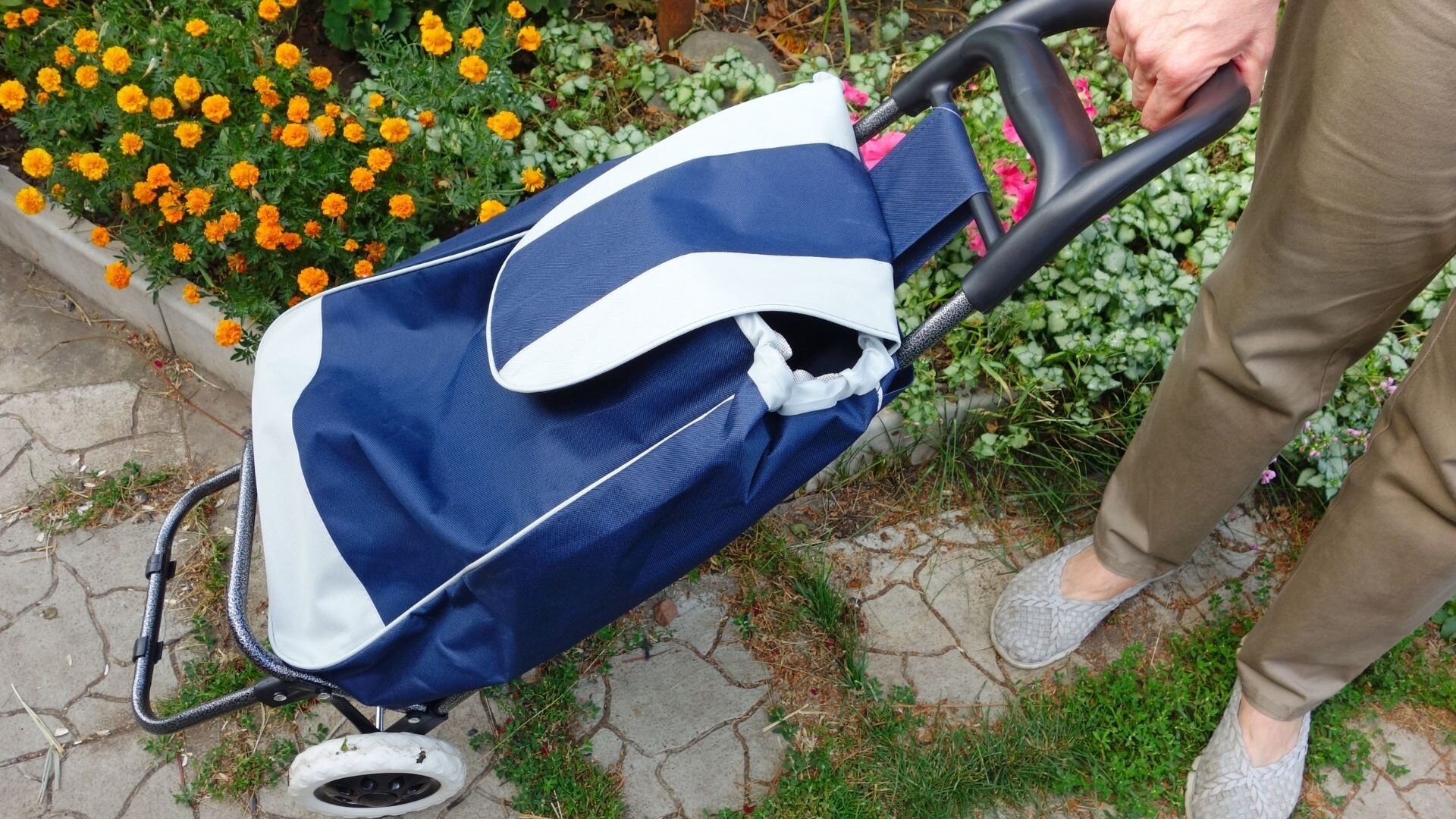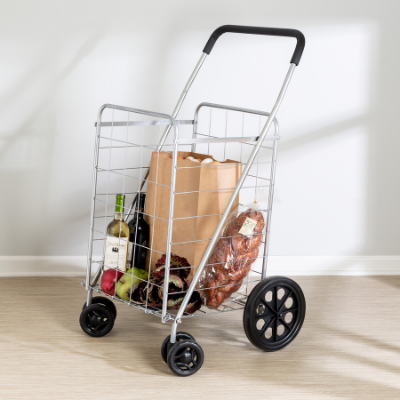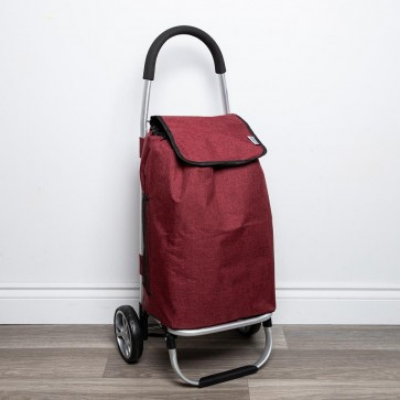Choosing a shopping cart with wheels
A shopping cart that rolls, sometimes called a ‘bundle buggy’ can help make your walk to and from the store easier. By removing the need to carry bags, your back, neck and shoulders might feel less strain. Shopping carts or bundle buggies are available at most hardware stores, or Amazon. A basic model costs around $50.00.
An occupational therapist, or OT, can help you with your shopping cart decision. They can:
talk to you about your needs, goals and your abilities,
observe and discuss your environment - your home and neighbourhood surroundings, and
help you find ways to do the things that are important to you in daily life, like making grocery shopping easier.
Here are five OT tips for owning a bundle buggy:
1. Your neighbourhood needs good sidewalks.
Can you manage a shopping cart safely in your neighbourhood? Do you have sturdy shoes? Are the sidewalks cleared and ice-free in the winter? If there aren’t sidewalks, consider these options:
Online shopping
Home delivery services
Ask a family member or friend for help
2. Don’t use a shopping cart if it might cause you pain or extra stress.
If you have trouble with balance, aches and pains or grasping a handle, you might consider driving or taking a taxi instead. A shopping cart with wheels is not a replacement for a cane or walker. How far is it to the store? Your OT can help you determine if you should walk that distance. Will you be putting the cart in the back of a car or taxi? Your OT can help you decide whether you should lift a cart, full or empty. Consider these options:
Try out a friend’s shopping cart before purchasing one. Start with a short walk and reflect on how you feel before going further. Talk to someone who uses a shopping cart about their experience.
An alternative to using a shopping cart is to use a backpack. Backpacks spread the weight of your purchases evenly over your shoulders. Make sure you can lift a full backpack onto your back and get your arms into the shoulder straps.
3. Make sure your house is suited for a shopping cart with wheels.
If you have many steps or stairs, a cart might be difficult. Do you have somewhere easy to store it; somewhere that it won’t be in the way? Do you need to pull it over carpet? Does someone shovel your snow?
If you plan to use your shopping cart in the winter, consider one with larger wheels.
4. Make sure your grocery store is suited for a shopping cart with wheels.
Will you need to move through cramped aisles with your cart? Are there stairs, steep curbs or a turnstile? Does your store allow shoppers to bring their own cart?
Ask your friends where they shop and consider switching grocery stores to one that is closer, more accessible and cart-friendly.
5. Choose a shopping cart style that best matches your needs.
The dual wheel cart:
PROS
The front wheels turn left and right, without any need to tilt the cart
The large rear wheels are better for different terrains
CONS
Not weather-proof
Easy to overfill
Need to carry reusable bags
The open metal cart:
PROS
Easy to fold
Sturdy
CONS
Not weather-proof
Easy to overfill
Need to carry reusable bags
The covered cart:
PROS
Purchases don’t fall out
Covered top for weather
May have a toggle or drawstring for security
Front stand for anti-tip
CONS
Must tilt cart to move it
Does not fold neatly
Material gets dirty
Occupational therapy. Making the everyday possible.




